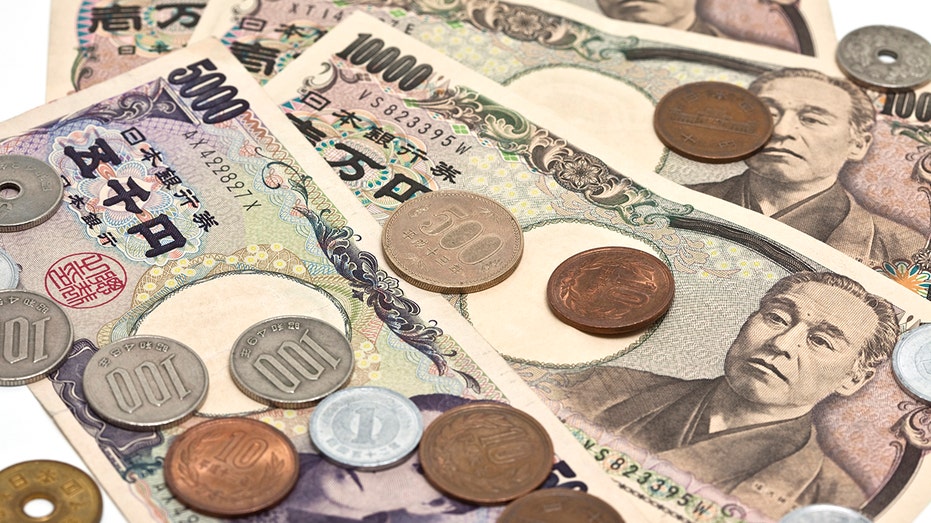Future of 'Abenomics' policies open-ended after assassination of former PM Shinzo Abe
'Abenomics' has been studied internationally as a unique but arguably unstable method of curbing deflation and bolstering economic output
Former Japanese Prime Minister Shinzo Abe was assassinated Friday while giving a campaign speech in Nara prefecture, ending the life of the lawmaker who set the tone for Japan's economic future.
Abe's signature economic policies, known domestically and internationally as "Abenomics," focused on an aggressive, bullish management of Japan's business and finance.
Neither conservative nor liberal by U.S. standards, Abenomics proposed swift, direct action to remedy social ills and economic hardship in Japanese society. Abe pushed aggressive government spending to fill gaps in private finance, bolster Japanese businesses and ensure Japanese citizens could make end's meet.
"Since coming to power in late 2012, Prime Minister Abe Shinzo and his government unveiled a comprehensive policy package to revive the Japanese economy from two decades of deflation, all while maintaining fiscal discipline. This program became known as Abenomics," the Government of Japan states.

Japan's Prime Minister Shinzo Abe, center, speaks during a meeting of a task force on the new coronavirus at his official residence in Tokyo Feb. 27, 2020. (Kyodo News via AP / AP Newsroom)
"The greatest structural issue facing the Japanese economy is the aging of society and shrinking of the population. However, we see this challenge as an opportunity. Demographic change is a social challenge that will soon be shared by most developed countries."
Far from a single, cohesive policy, Abenomics became a political philosophy and trajectory for Japanese governance in the 21st century. Abe himself explained it as a "three pillar" plan — "bold monetary policy, flexible fiscal policy and a growth strategy that encourages private investment."
Abe's main target throughout his time as prime minister was combating and curbing Japan's rapid deflation. The former prime minister both raised consumption taxes and printed new currency to make Japanese exports more appealing to foreign buyers.

Japan's Prime Minister Shinzo Abe delivers a speech during an opening session of the Comprehensive and Progressive Trans-Pacific Partnership in Tokyo Jan. 19, 2019. (AP Photo/Eugene Hoshiko / AP Newsroom)
Part of Abe's economic plan included slashing corporate taxes in an effort to bolster Japanese positions abroad.
As opposed to former President Ronald Reagan's famous "Reaganomics" policy outlook, Abe's economic officials did not operate with a laissez-faire attitude. Abe frequently used government funding and programs to spark private economic growth that was expected to sustain into the future.
TRUMP MOURNS JAPAN'S SHINZO ABE, 'A UNIFIER LIKE NO OTHER' WHO 'CHERISHED HIS MAGNIFICENT COUNTRY'

The Japanese yen (iStock / iStock)
Abe's propensity to spend government money to prop up private capital and businesses and as his propensity to slash corporate taxes to spur growth has faced the same criticisms as Reagan's trickle-down economics.
"I will break down any and all walls looming ahead of the Japanese economy and map out a new trajectory for growth," Abe said in a speech at the New York Stock Exchange in 2017. "This is precisely the mission of Abenomics."




















